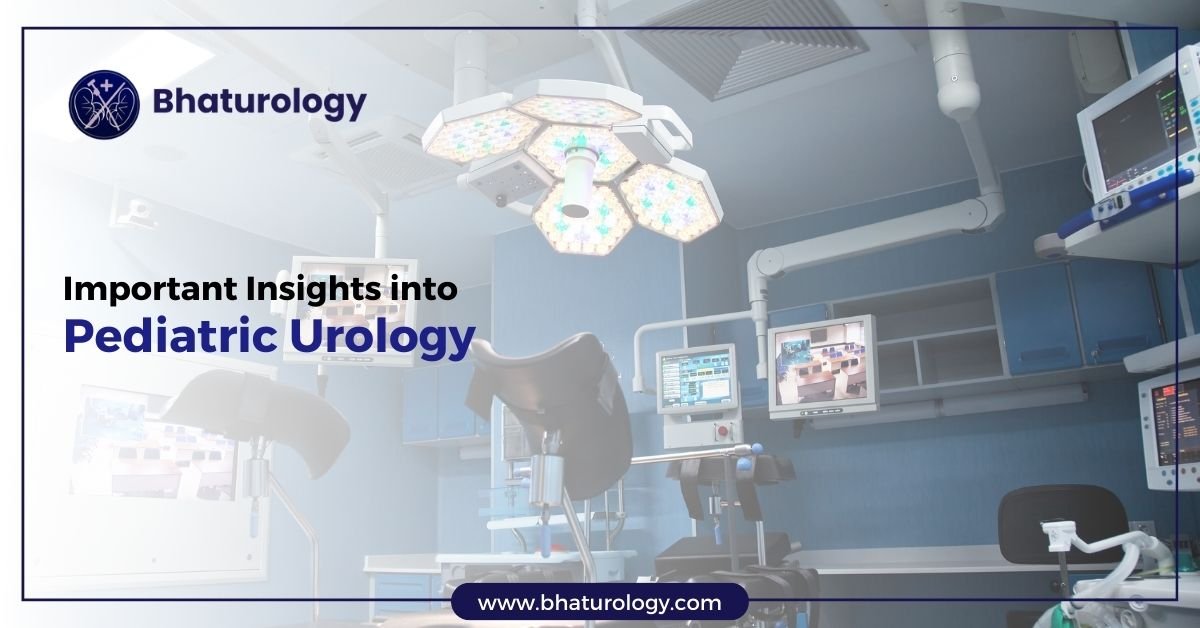Undescended testicles, or cryptorchidism, is a condition in which one or both testicles fail to move into the scrotum before birth. This condition is typically identified shortly after birth and is more common in premature infants. For comprehensive care, consult an experienced urologist in Jaipur specializing in pediatric conditions.
Are Undescended Testicles Serious?
Undescended testicles can be severe if left untreated. They can lead to several complications, including infertility, increased risk of testicular cancer, and testicular torsion. Early diagnosis and treatment are crucial to minimize these risks.
How Common Are Undescended Testicles?
Cryptorchidism is relatively common, affecting about 3% of full-term and 30% of premature male infants. Most undescended testicles will descend within the first few months of life. If they do not, medical intervention may be necessary.
Symptoms and Causes
What are the Symptoms of Undescended Testicles?
The primary symptom of undescended testicles is the absence of one or both testicles from the scrotum. It is usually identified during a physical examination shortly after birth.
What Causes Undescended Testicles?
The exact cause of undescended testicles is unknown, but several factors may contribute, including genetic, maternal health, and environmental influences during pregnancy. Hormonal abnormalities or issues with the testicular structure may also play a role.
Who Do Undescended Testicles Affect?
Undescended testicles primarily affect male infants, especially those born prematurely. Other risk factors include:
- A family history of the condition.
- Low birth weight.
- Certain maternal health conditions, such as diabetes.
What are the Complications of Undescended Testicles?
If left untreated, undescended testicles can lead to:
- Infertility: The higher internal body temperature can affect sperm production.
- Testicular Cancer: Increased risk of developing testicular cancer later in life.
- Testicular Torsion: Twisting of the spermatic cord can cut off blood supply to the testicle.
- Hernias: Inguinal hernias are more common in boys with undescended testicles.
Diagnosis and Tests
How are Undescended Testicles Diagnosed?
Undescended testicles are typically diagnosed through a physical examination. If the testicle cannot be felt, imaging tests such as ultrasound or MRI may be used. In some cases, laparoscopic surgery is necessary to locate the undescended testicle.
Management and Treatment
How are Undescended Testicles Corrected?
Treatment often involves surgical intervention. The most common procedure is an orchiopexy, where the surgeon moves the testicle into the scrotum and secures it. Hormone therapy is another option, although it is less commonly used.
At What Age Should Undescended Testicles Be Treated?
Surgery is generally recommended between 6 and 12 months of age to minimize the risk of complications and improve fertility outcomes. Early intervention is preferred for optimal results.
What Happens if Cryptorchidism is Not Treated?
If undescended testicles are not treated, the child may face an increased risk of infertility, testicular cancer, and other complications mentioned earlier. Timely treatment is essential to prevent these issues.
Prevention
Can Undescended Testicles Be Prevented?
There is no sure way to prevent undescended testicles. However, maintaining a healthy pregnancy, managing chronic health conditions, and avoiding harmful substances during pregnancy can reduce the risk.
Outlook / Prognosis
What Can I Expect if My Child Has Undescended Testicles?
With early treatment, most children with undescended testicles lead healthy, everyday lives. The prognosis is excellent when surgery is performed early, with high testicular function rates and reduced complications risks.
Living With
How Do I Take Care of My Child if They Have Undescended Testicles?
Ensure regular follow-ups with your healthcare provider to monitor the condition. Post-surgery, follow care instructions carefully and watch for signs of complications such as infection or swelling.
When Should I See a Healthcare Provider?
If you notice that one or both testicles are not in the scrotum after your child’s birth, or if you observe any signs of discomfort or abnormality, consult a healthcare provider promptly.
What Questions Should I Ask a Healthcare Provider?
- What are the treatment options for my child’s condition?
- What are the risks and benefits of surgery?
- How will this condition affect my child’s future health and fertility?
- Are there any long-term follow-ups required?



